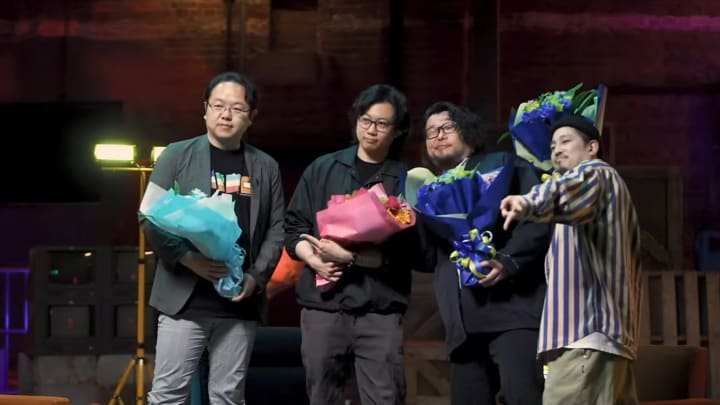Street Fighter 6 and Zenless Zone Zero devs find common ground in lowering barriers of entry

Participating in a developer roundtable hosted by HoYoverse, Street Fighter 6 director Nakayama Takayuki and producer Matsumoto Shuhei found common ground with Zhenyu Li, the producer of Zenless Zone Zero.
Nakayama declared that the principles of action and fighting games are essentially the same – as are the things making both genres fun to play.
Li expressed his regret that many players of older fighting games never really got to the stage where the titles felt most satisfying and rewarding, because their hardcore nature made them give up before reaching that point. This is why Zenless Zone Zero is designed with much more approachability in mind.
Nakayama and Li talked about the similarities between Zenless Zone Zero’s dodge, parry, and assist system and the Impact Drive mechanic in Street Fighter 6 – they even got into the nitty gritty details, comparing how many frames they are giving players to react to moves (26 for Street Fighter 6, 30 for Zenless Zone Zero). However, both systems were essentially created with the same thought as a basis: How do you make new players feel like they’re having fun?
The answer? Giving them a powerful move with lots of impact that’s accessible by pressing a single button.
All three developers agreed that layers of difficulty were the best way to design a fighting and action game – Nakayama likened it to a ladder naturally guiding players ever deeper into the game. Li said that he wanted Zenless Zone Zero to be easy to get into for everyone, while still making hardcore action gamers “worried” about fighting late game bosses.
Matsumoto emphasized that lower barriers of entry have become more important in recent years, because people have so much choice when it comes to their entertainment. Even an iconic series like Street Fighter must put effort not only into keeping its traditional player base, but funneling fresh players into the ecosystem.
He mentioned that constant promotion six months before and after launch were basically a must, explaining that if players see a game everywhere they look for a certain time period, they’ll feel a lot more confident in it, thinking that it must be a success.
He quoted Nakyama as often saying: “We are not creating works of art, but products.”
Nakayama later added that simply making a game is meaningless – it’s only gaining value when it’s being played.
Check out our interview with Zenless Zone Zero producer Zhenyu Li to find out more about the game or read our latest hands-on impressions.
